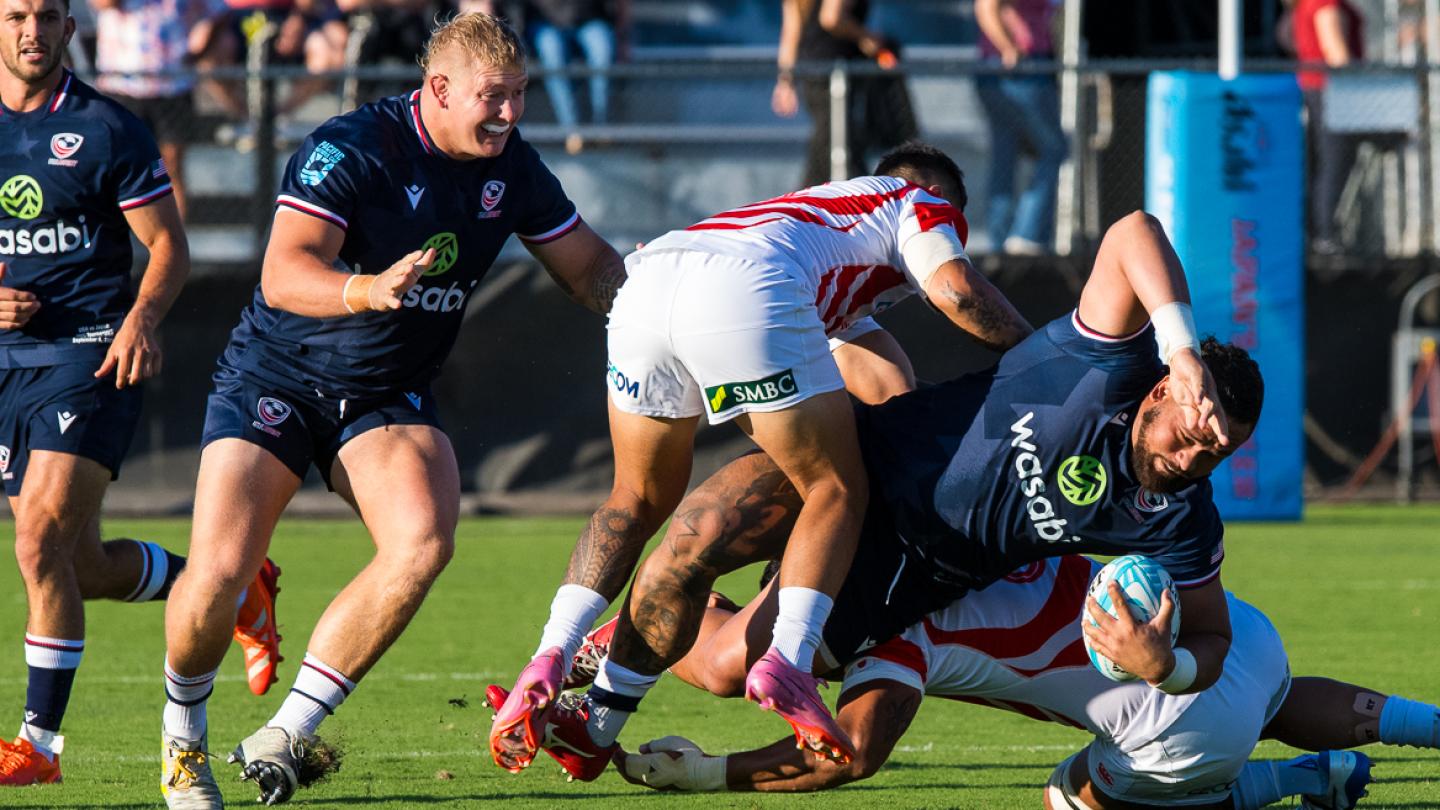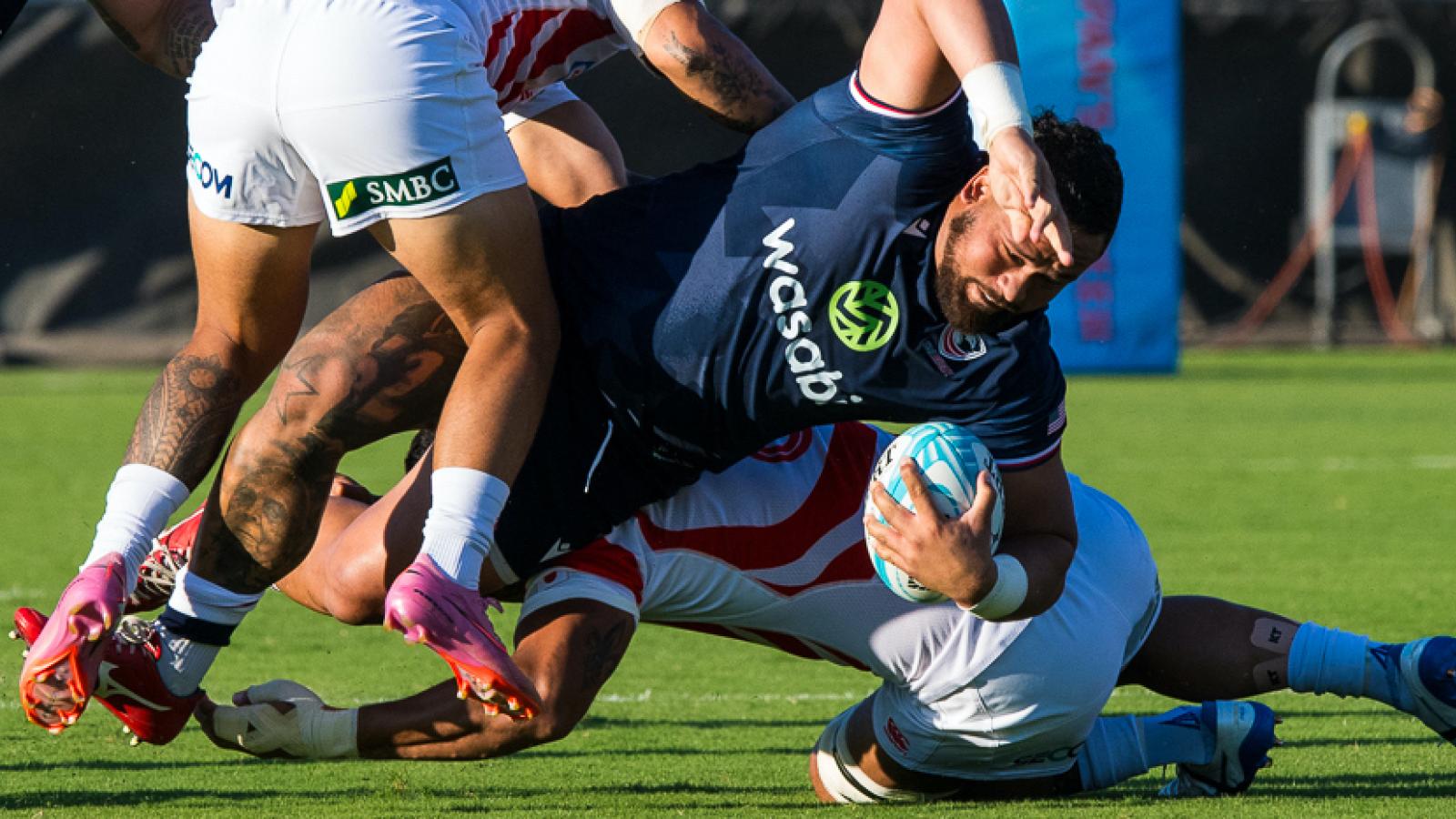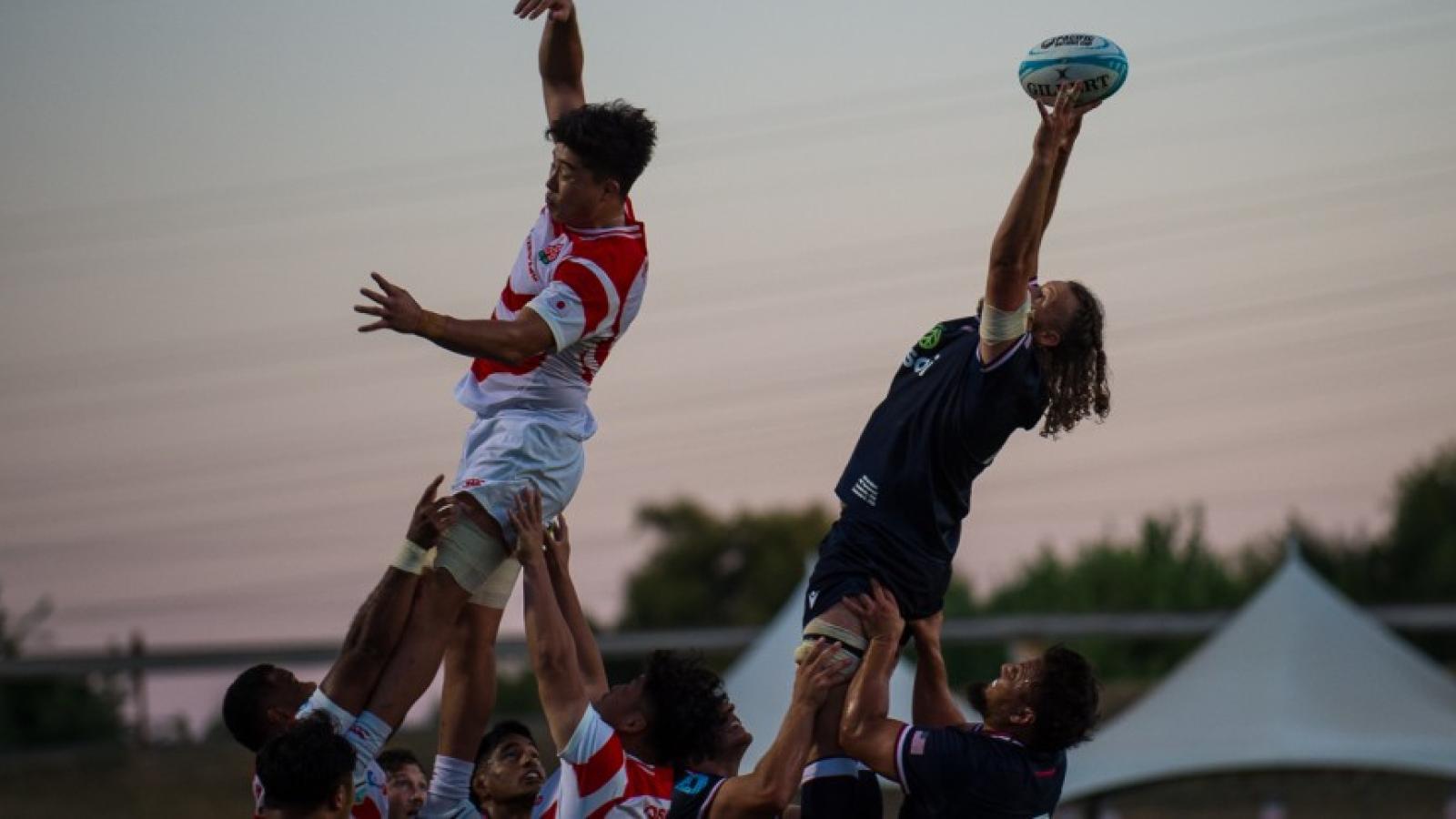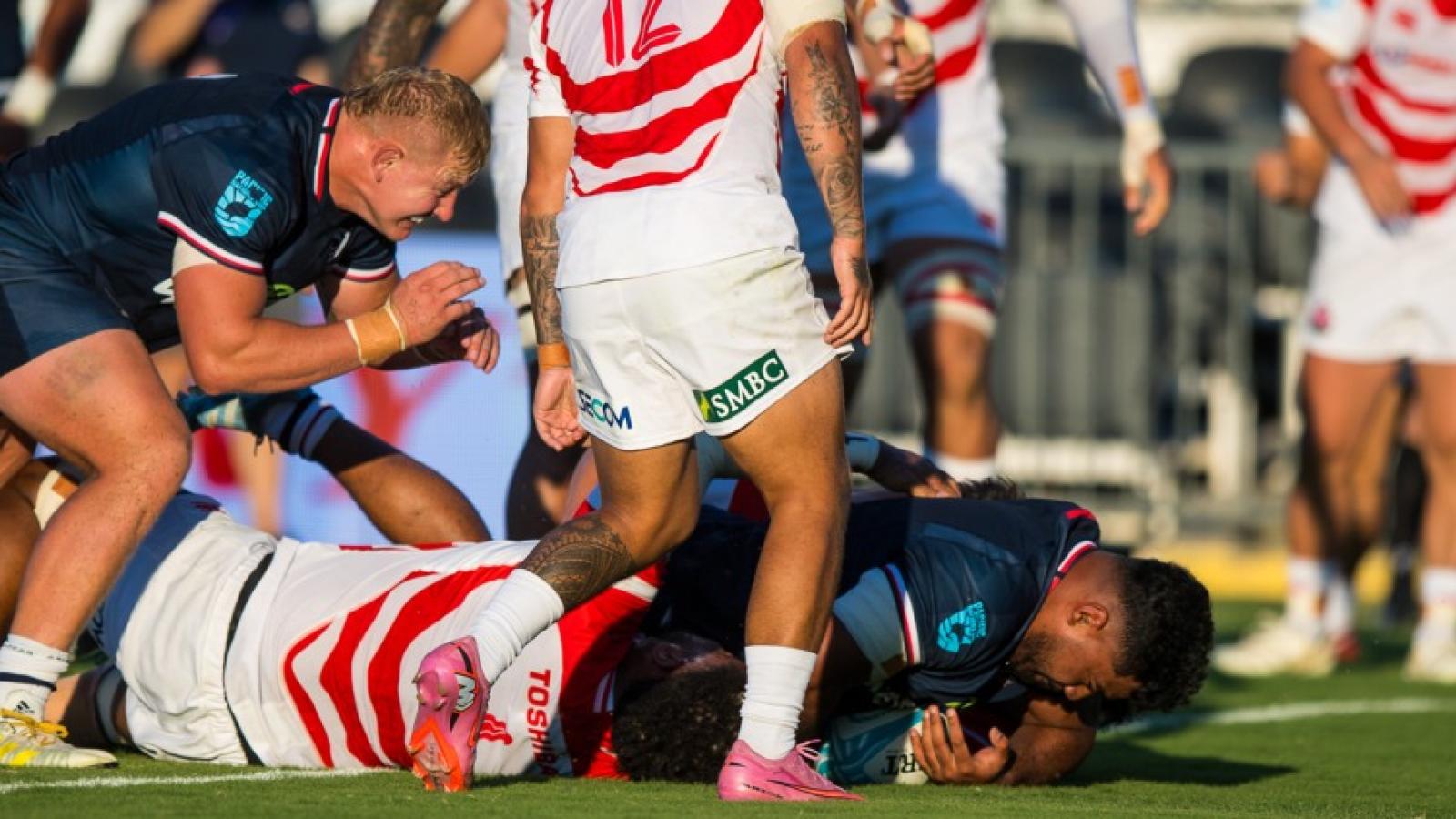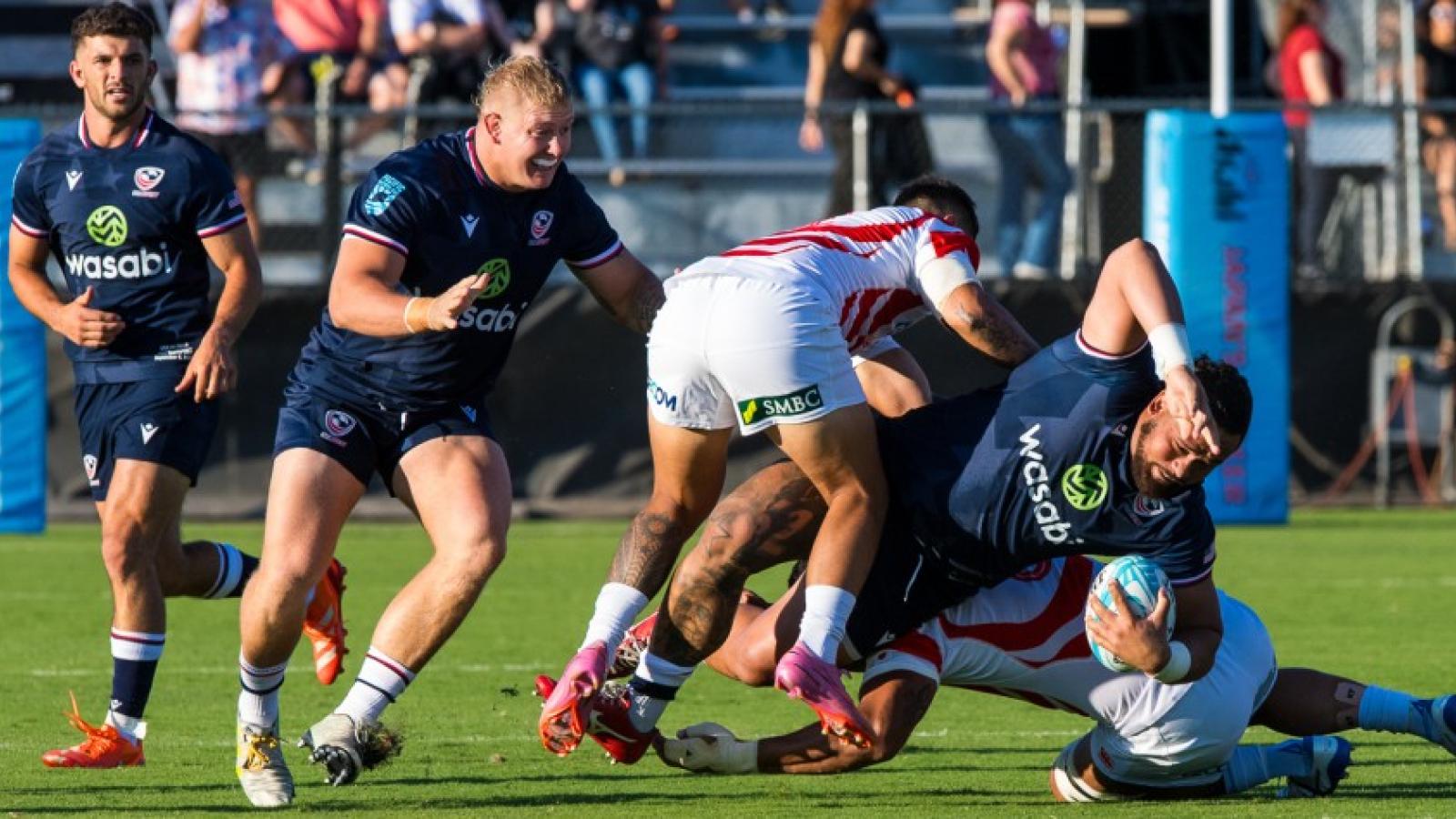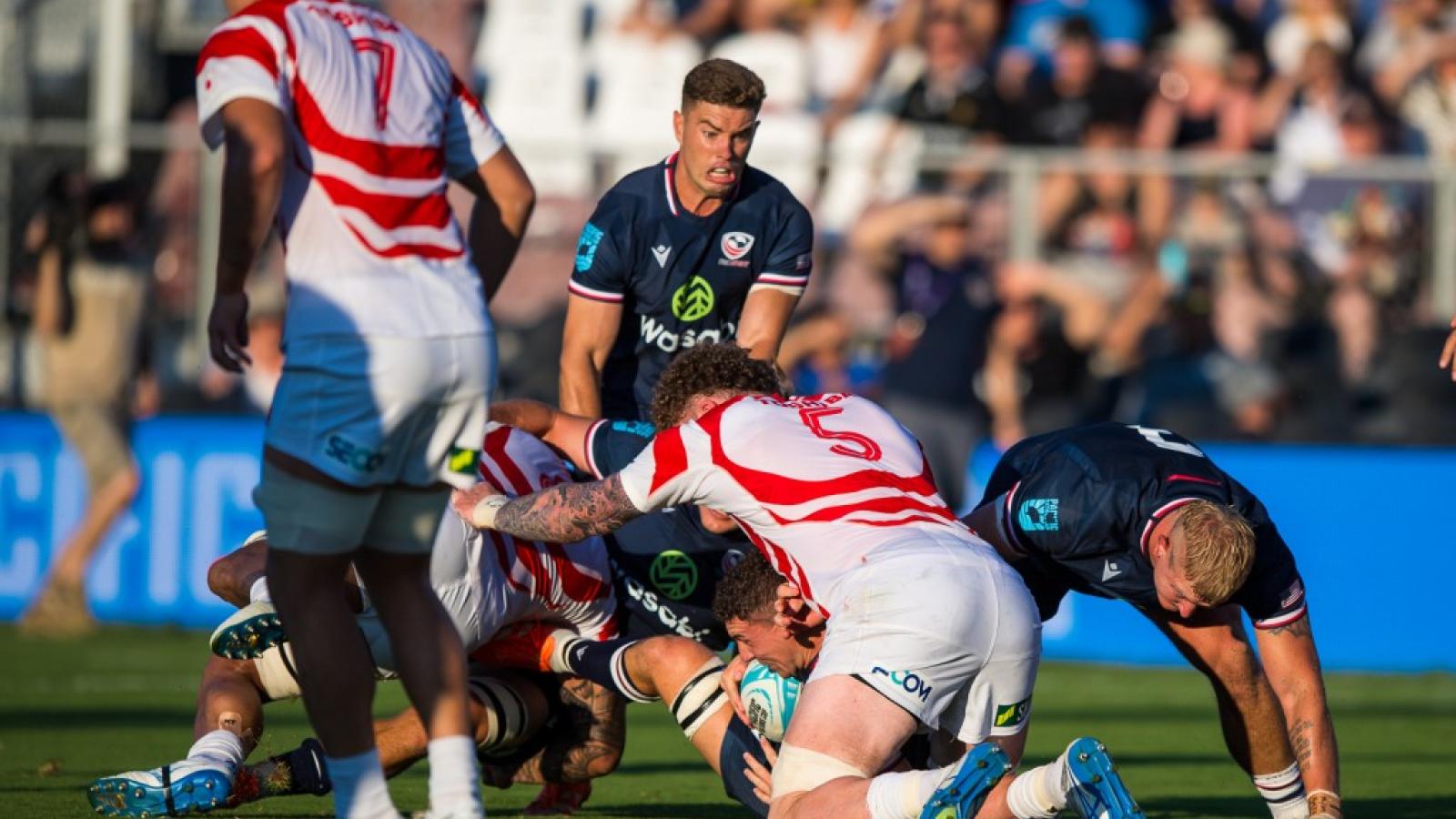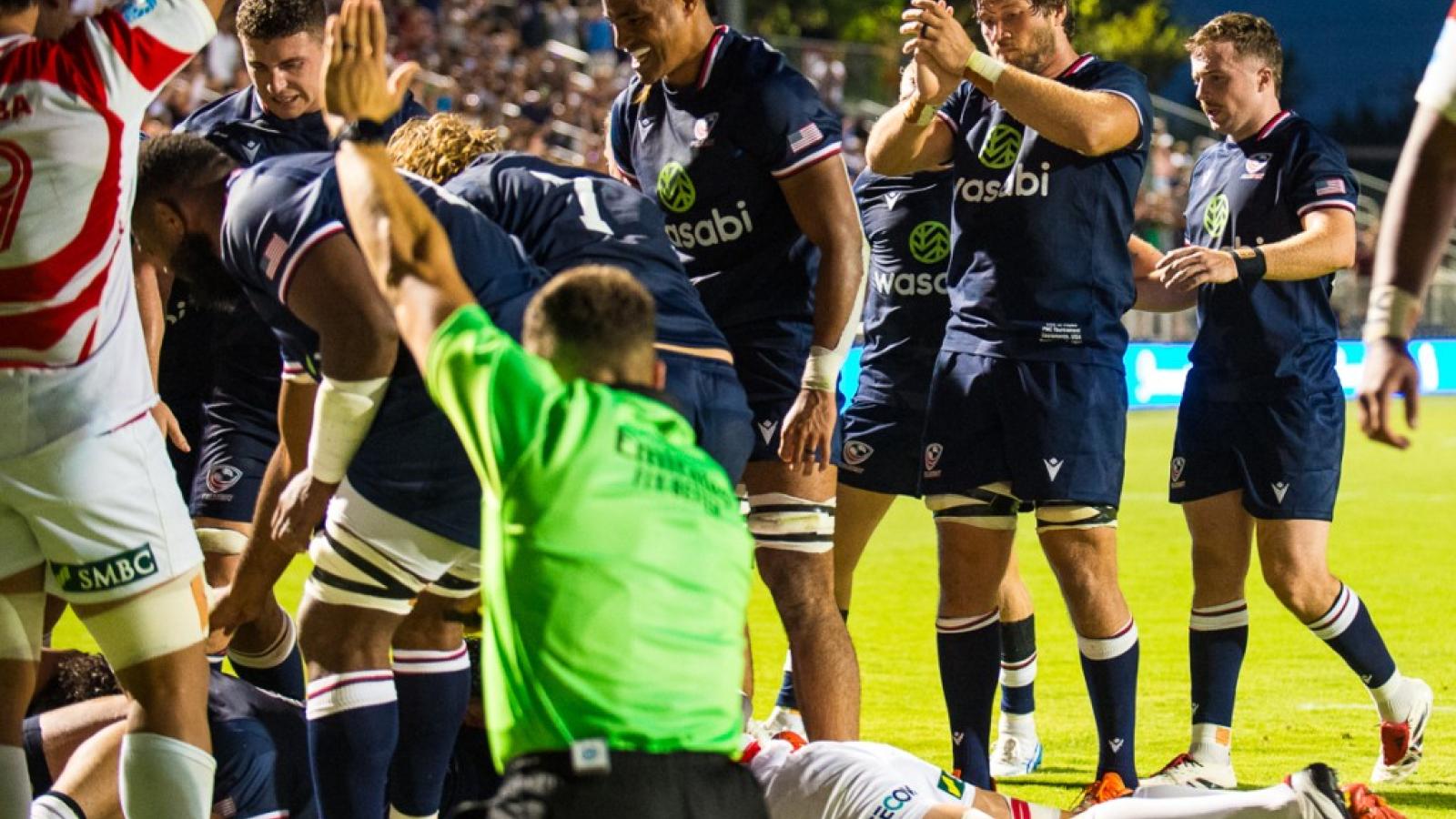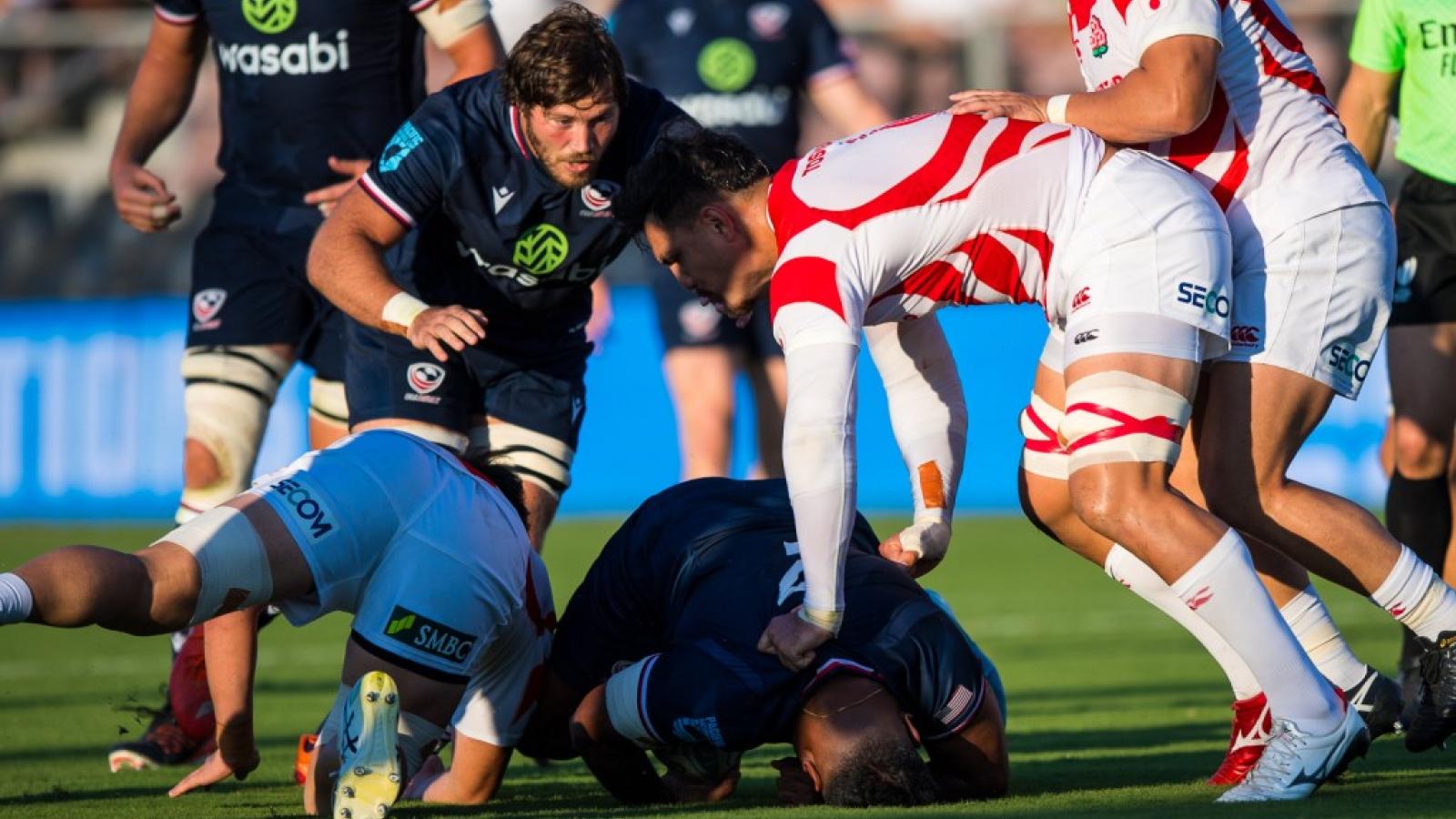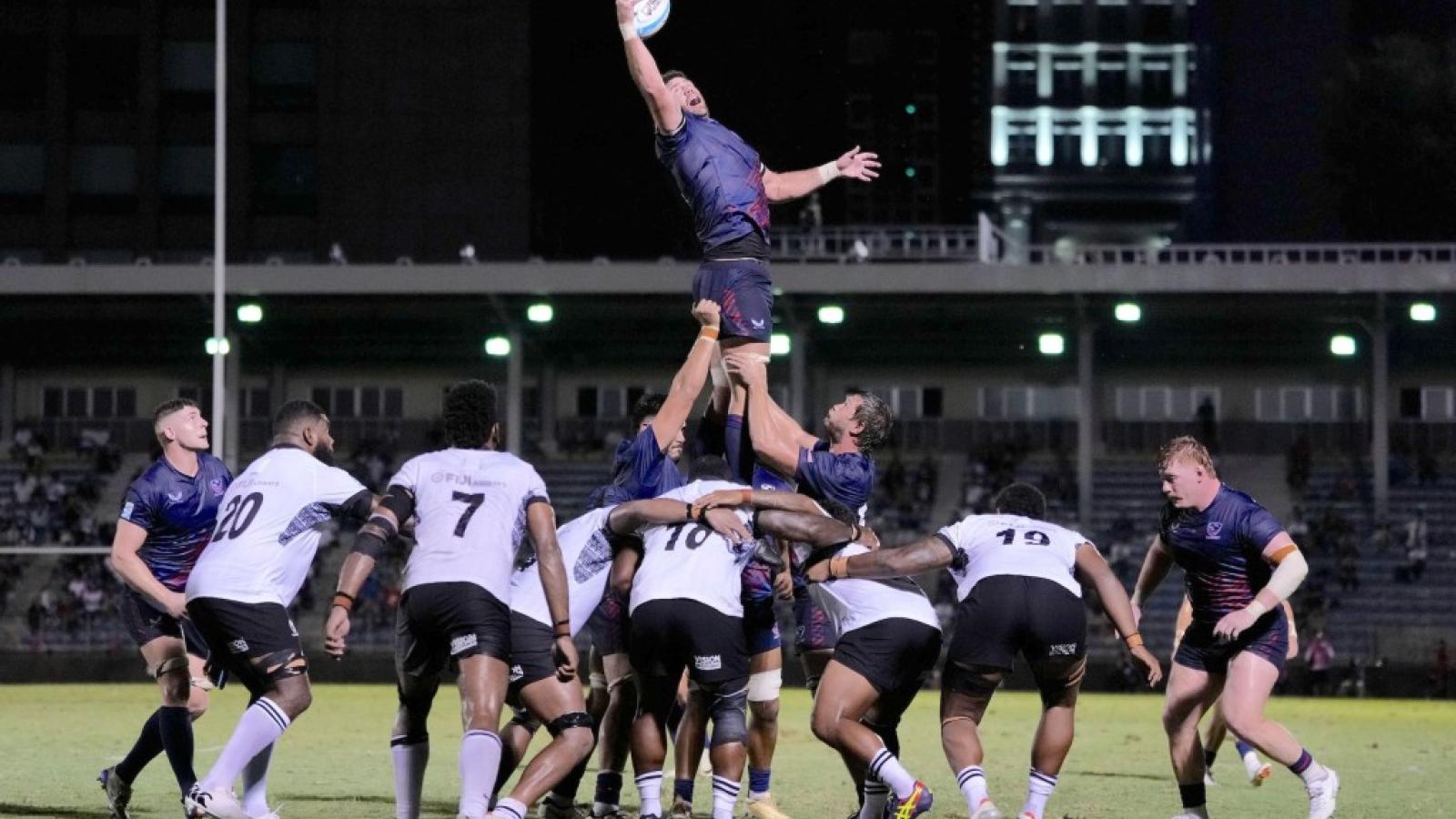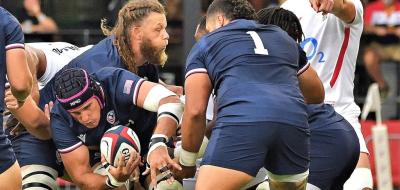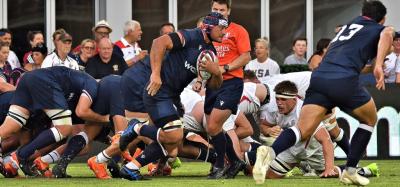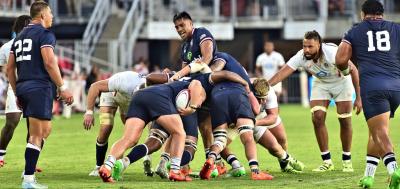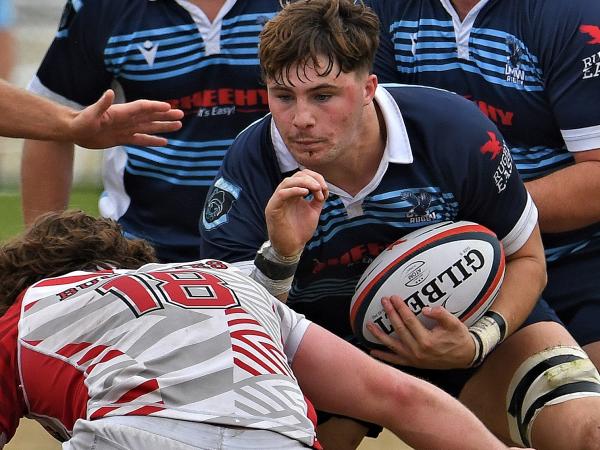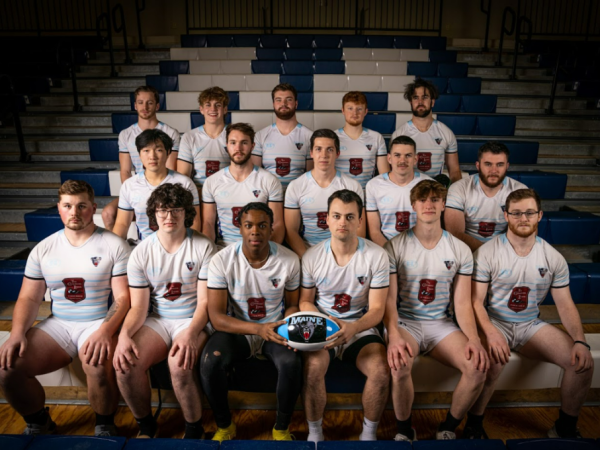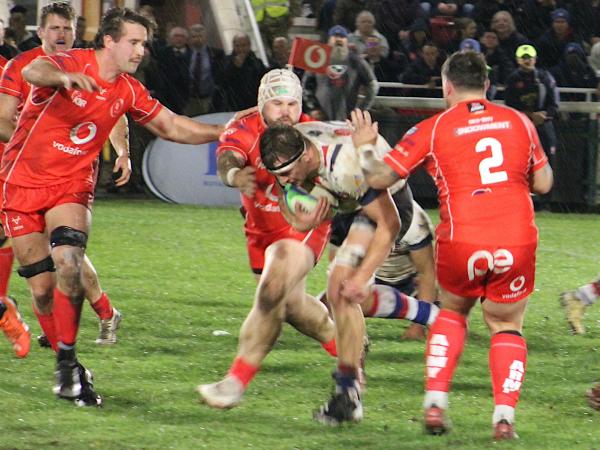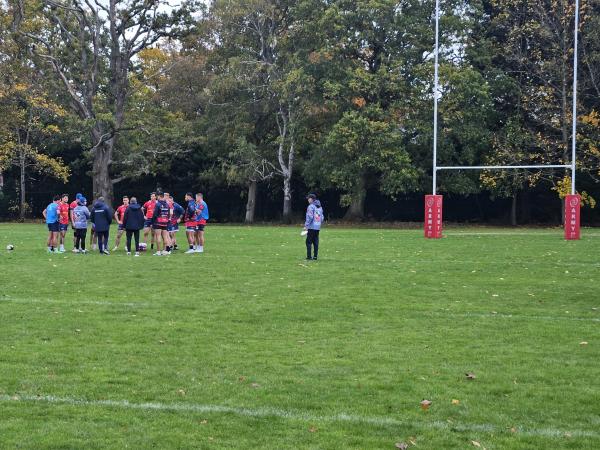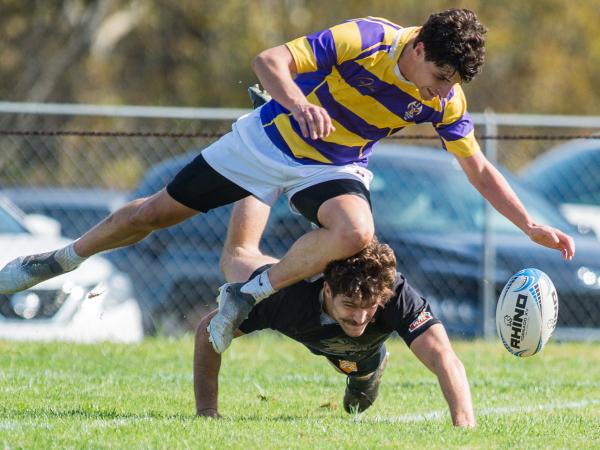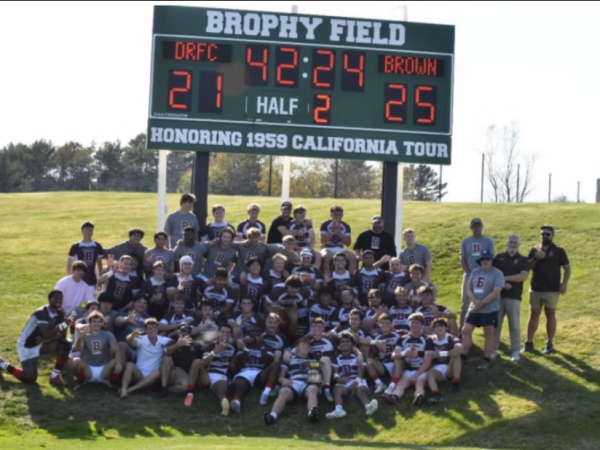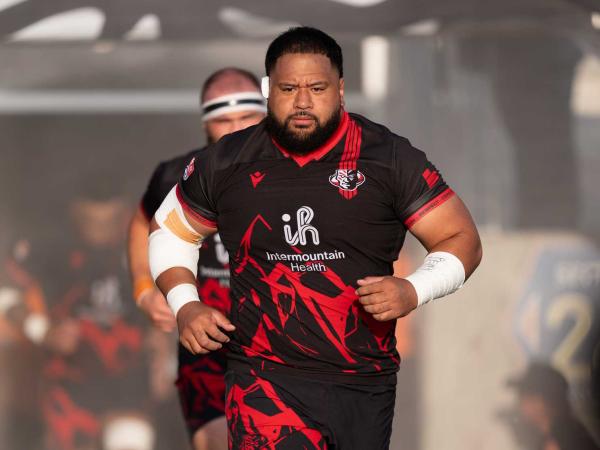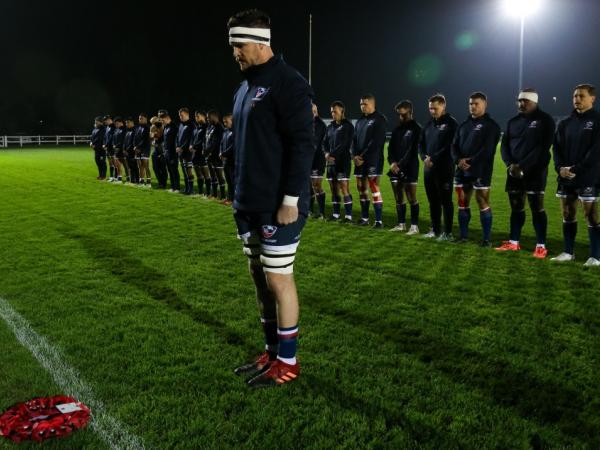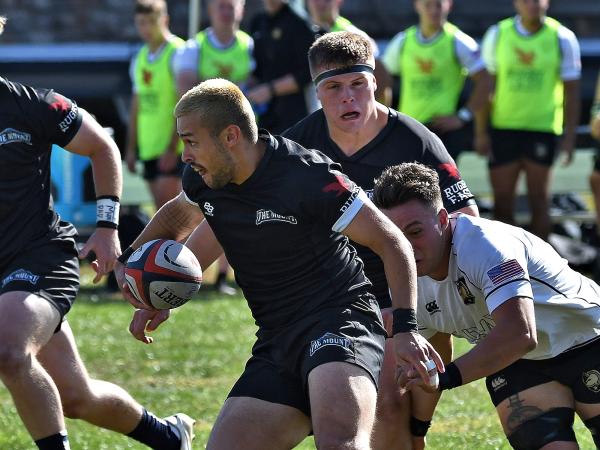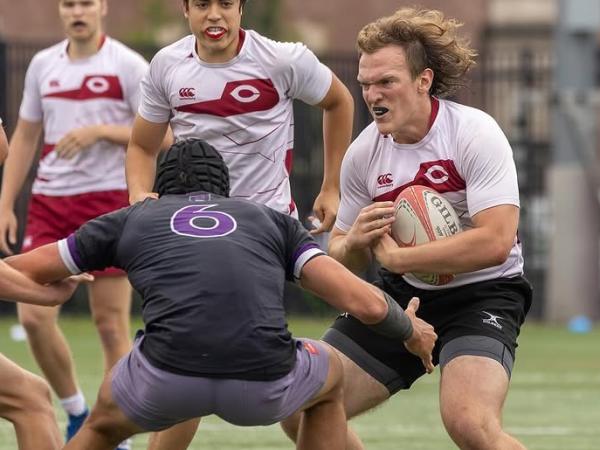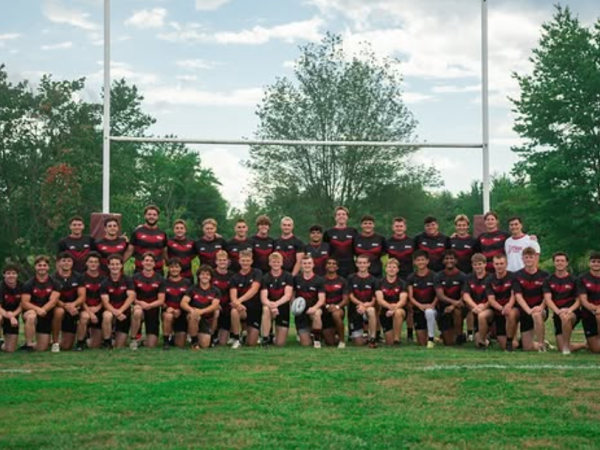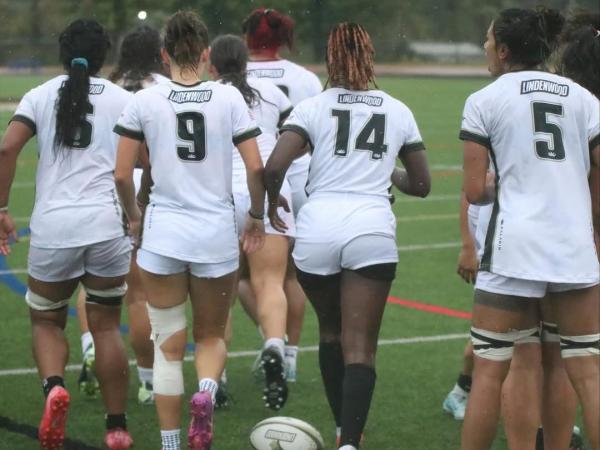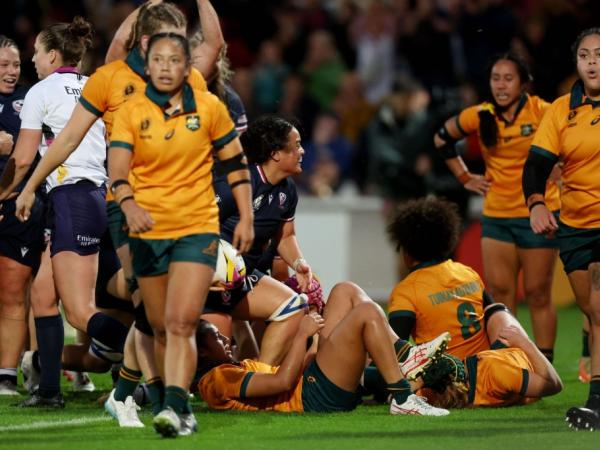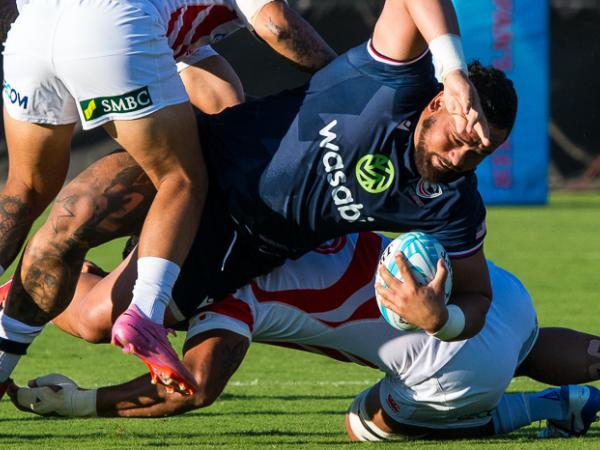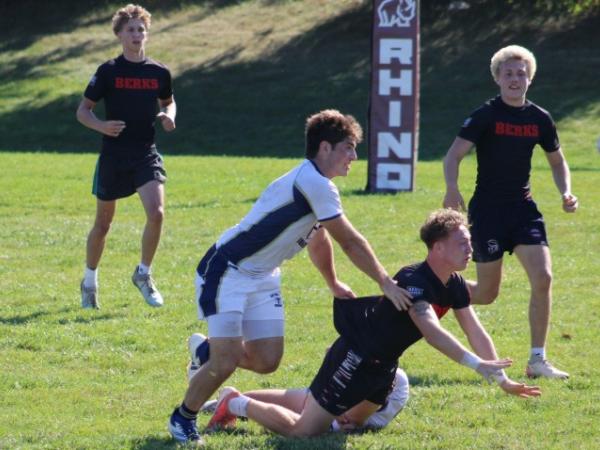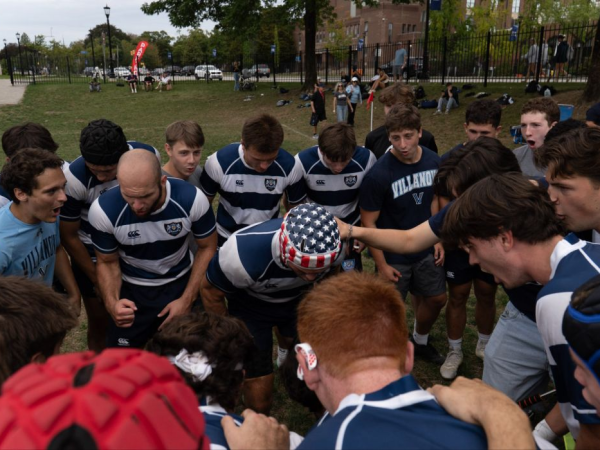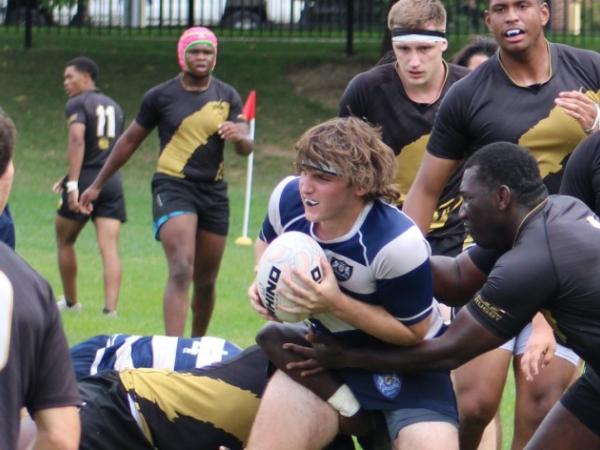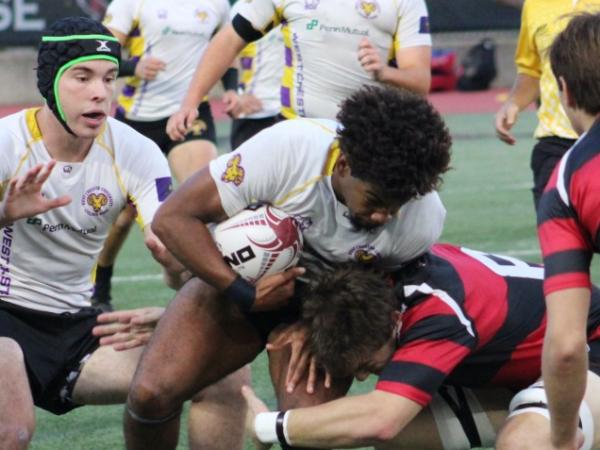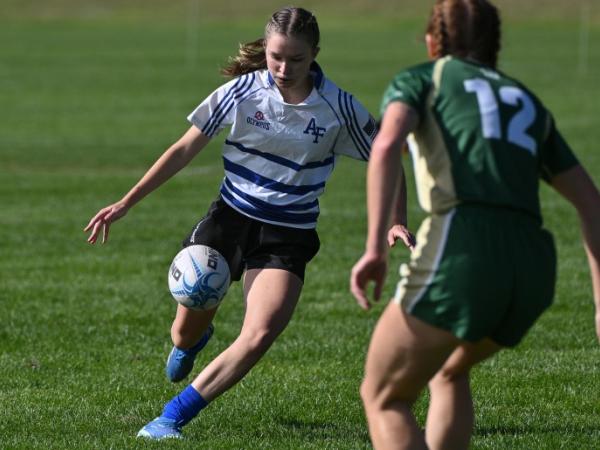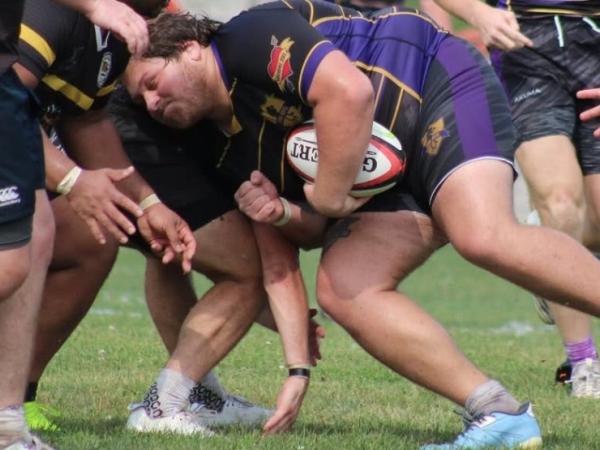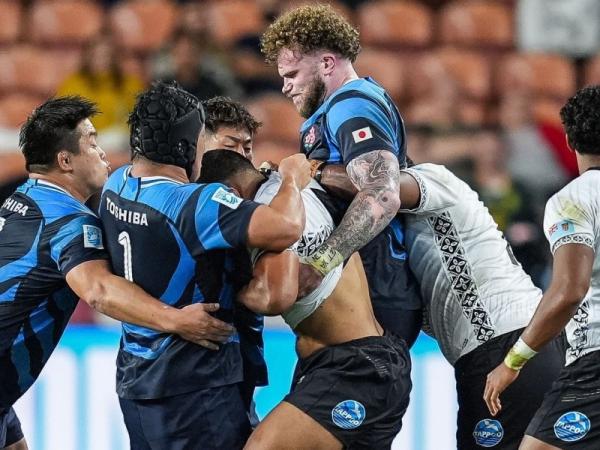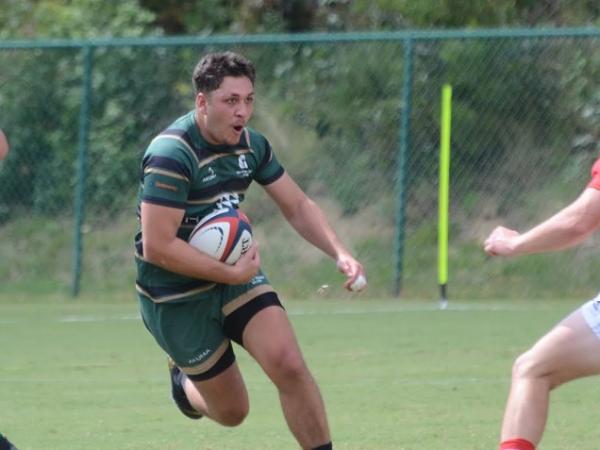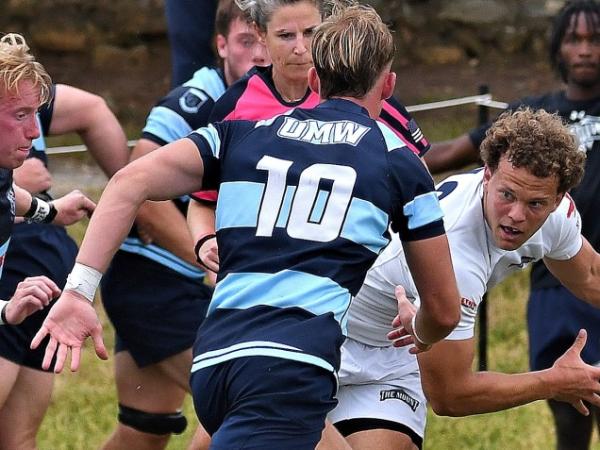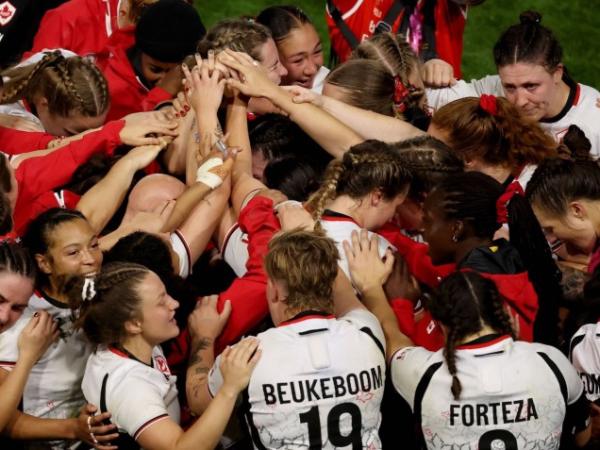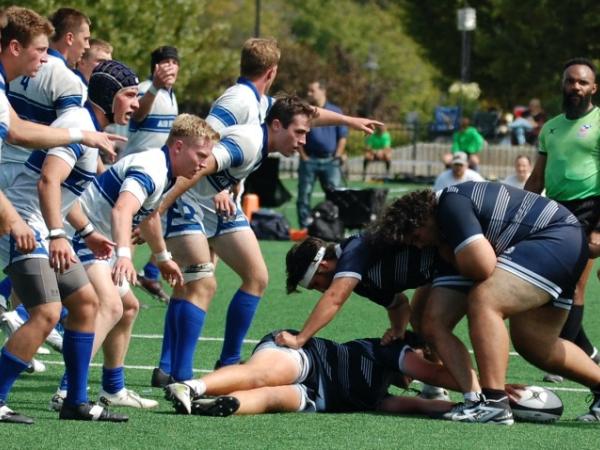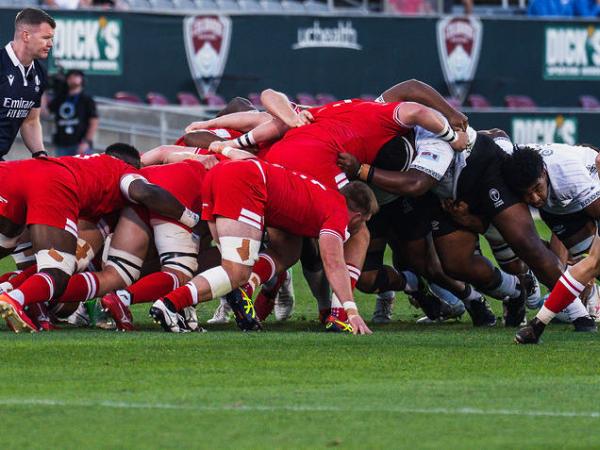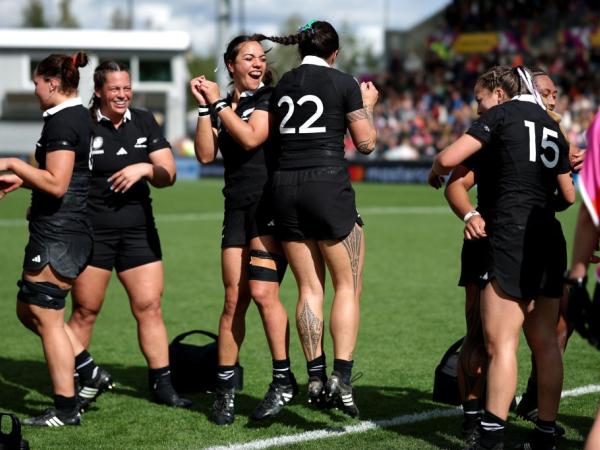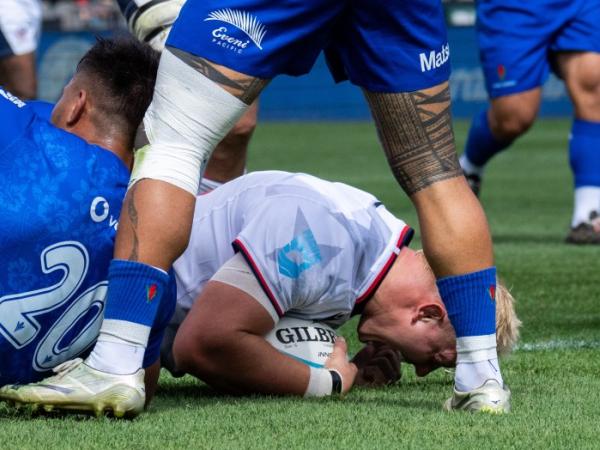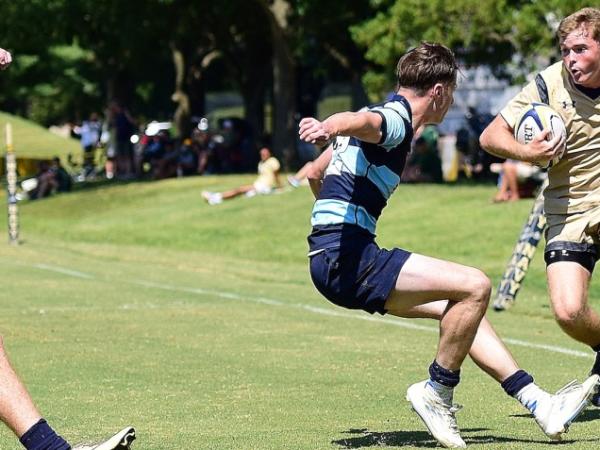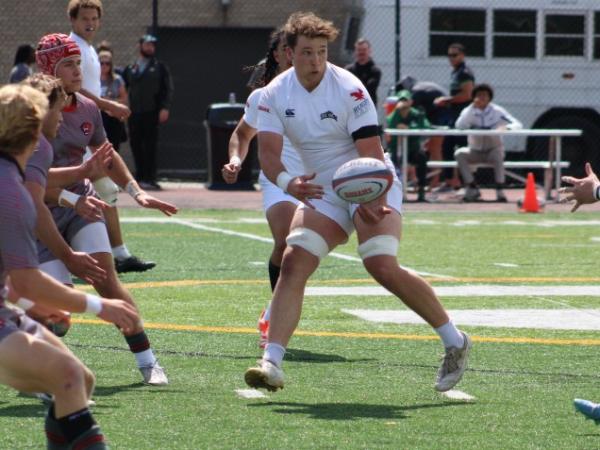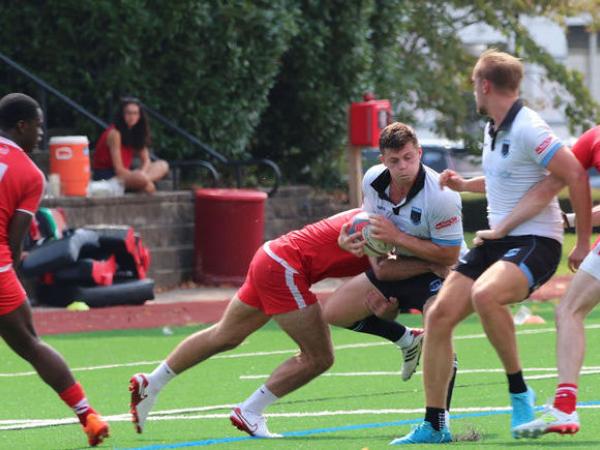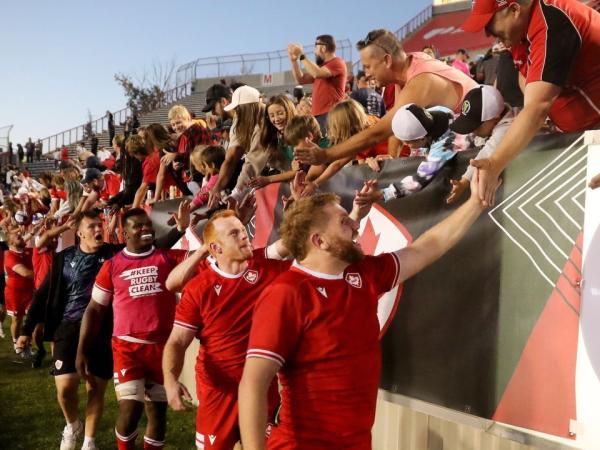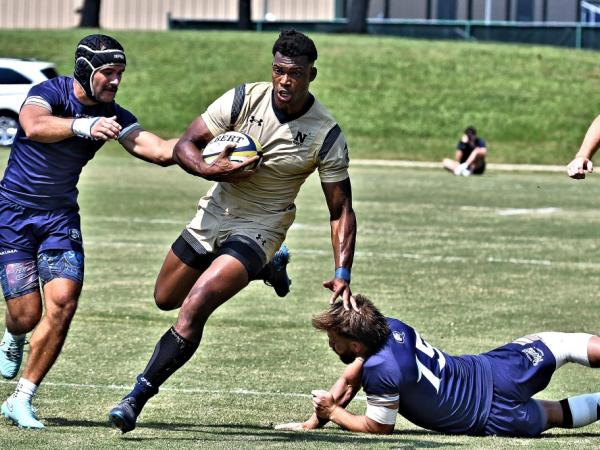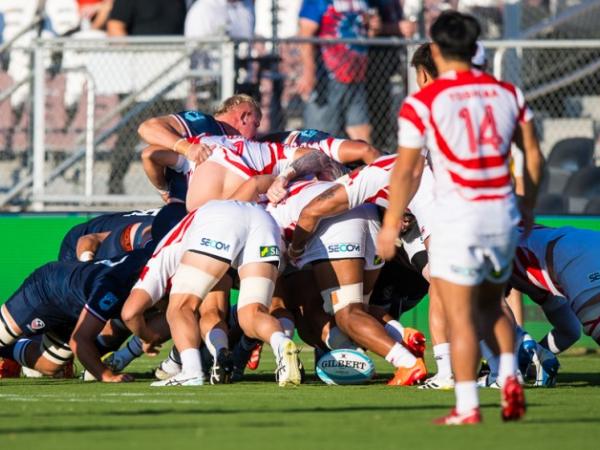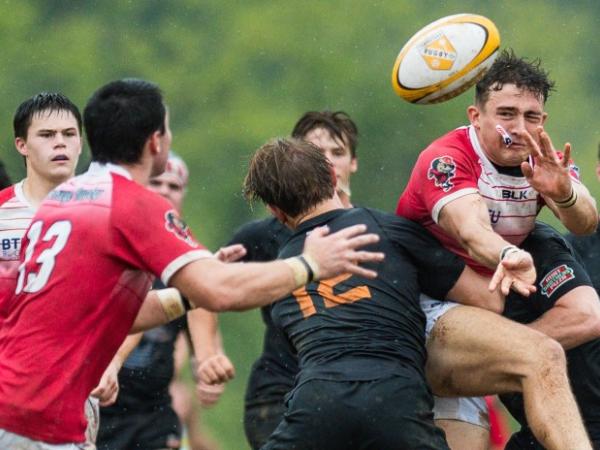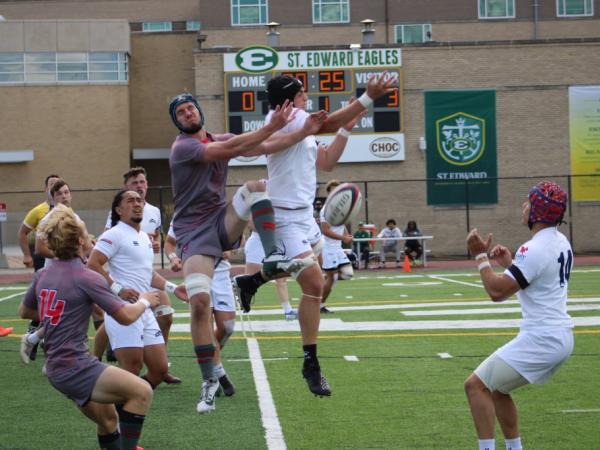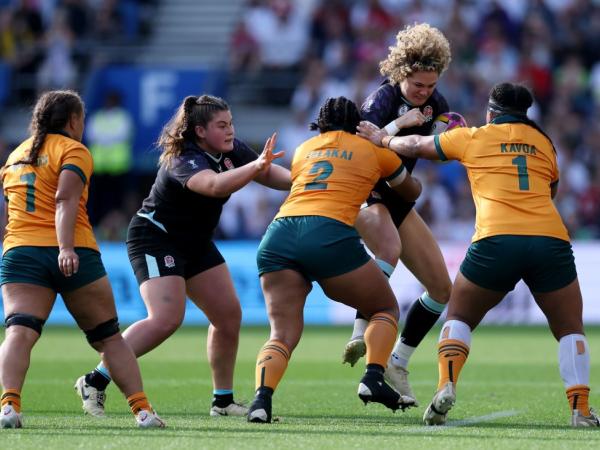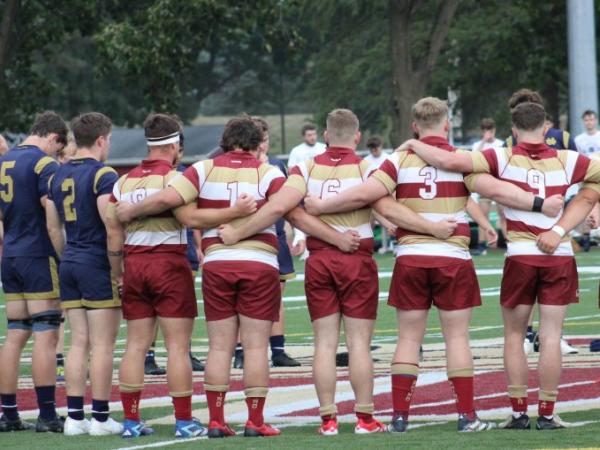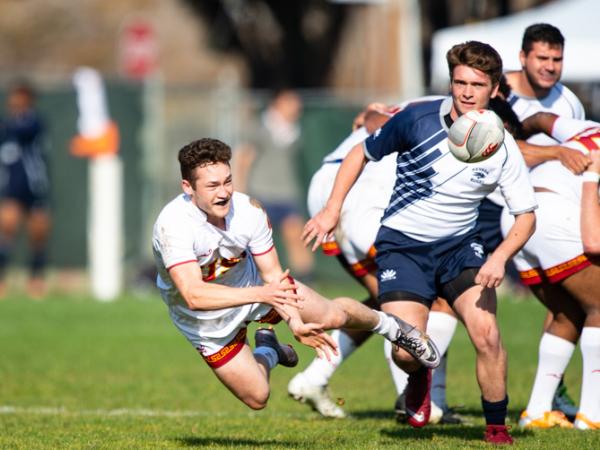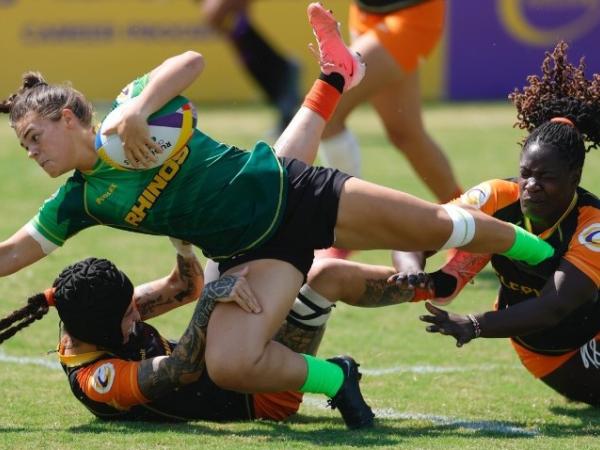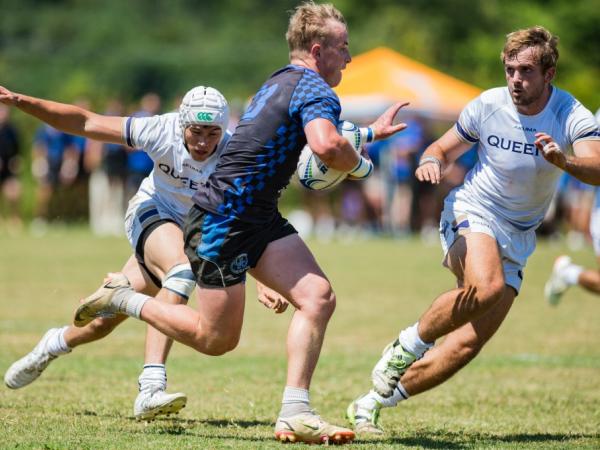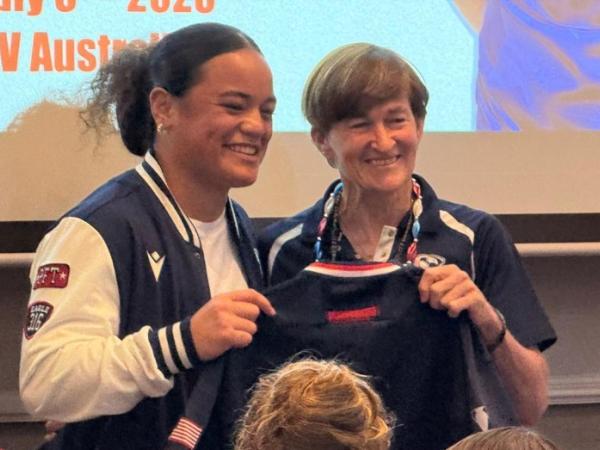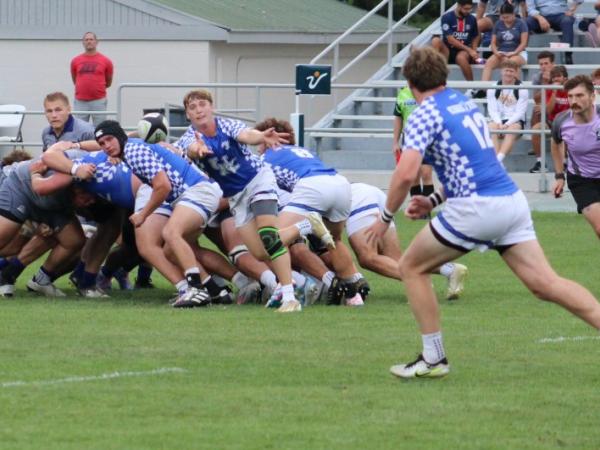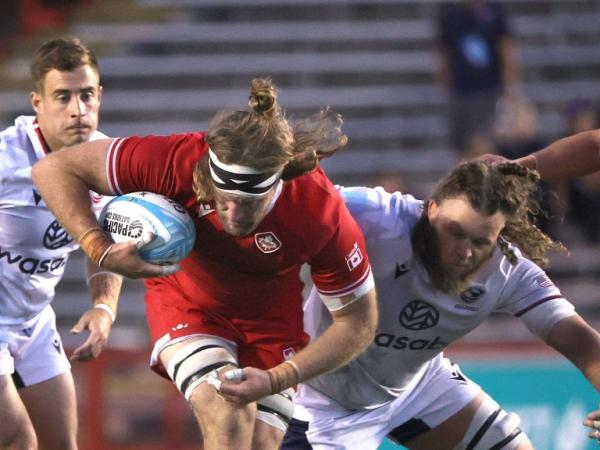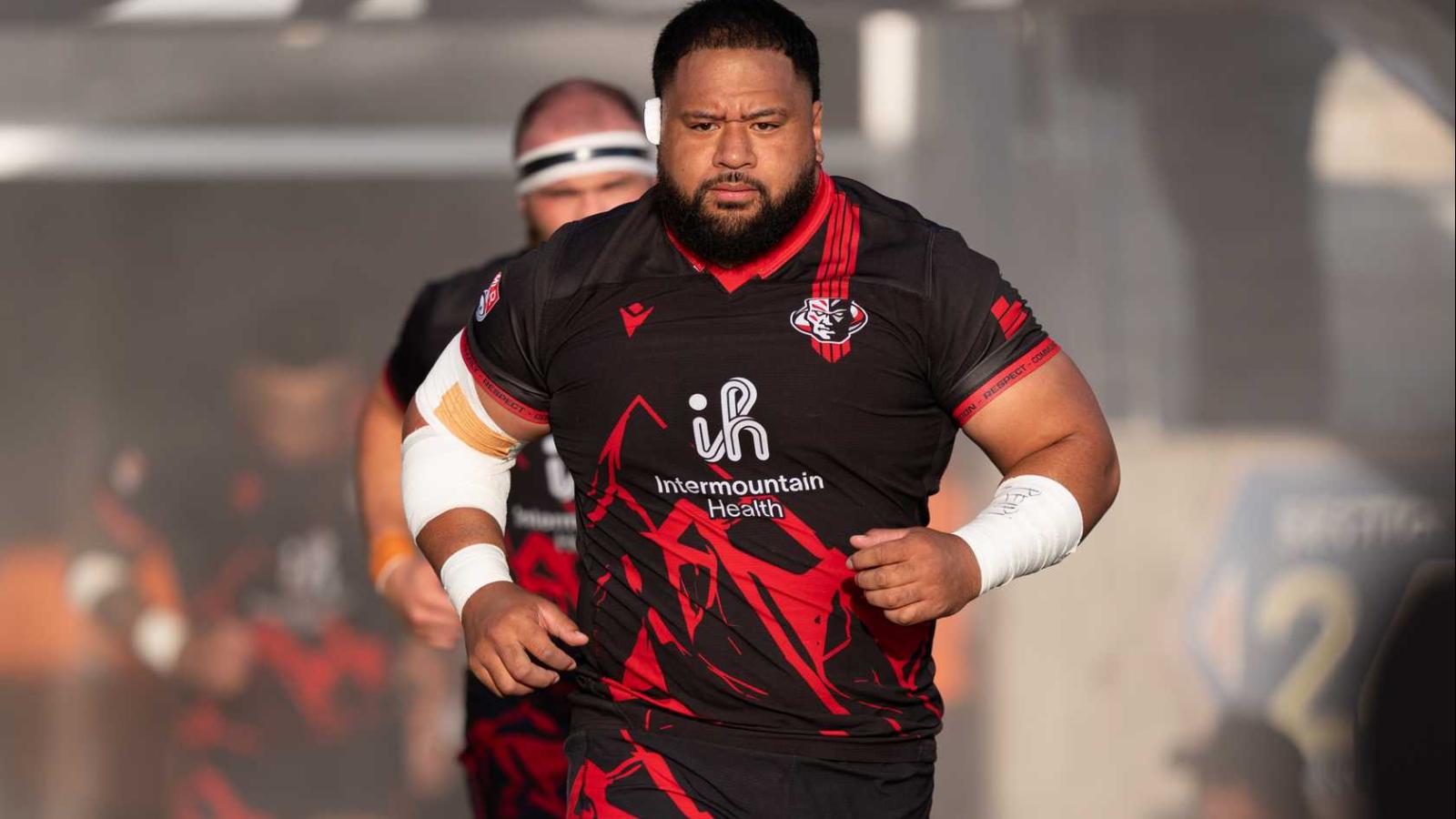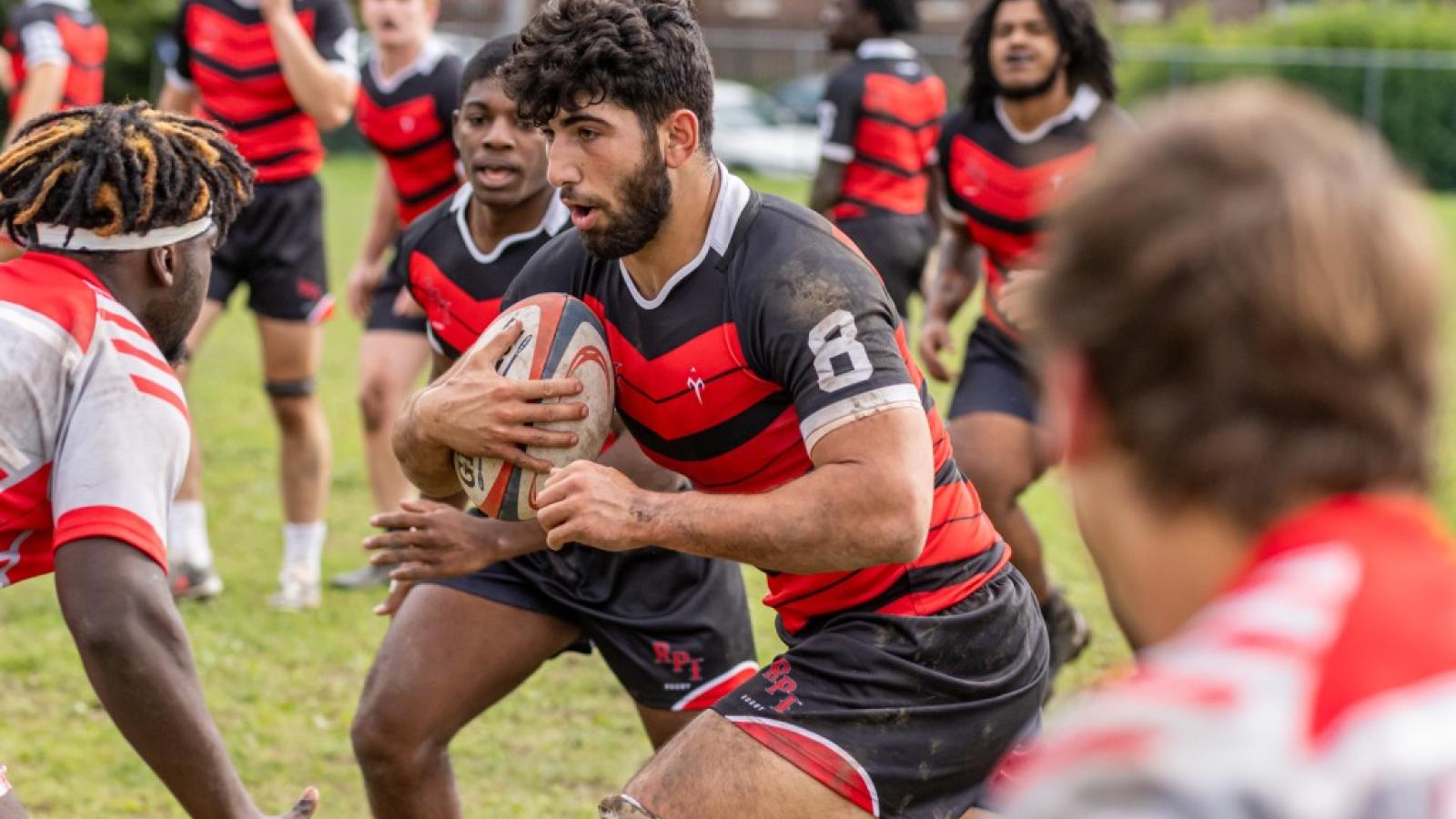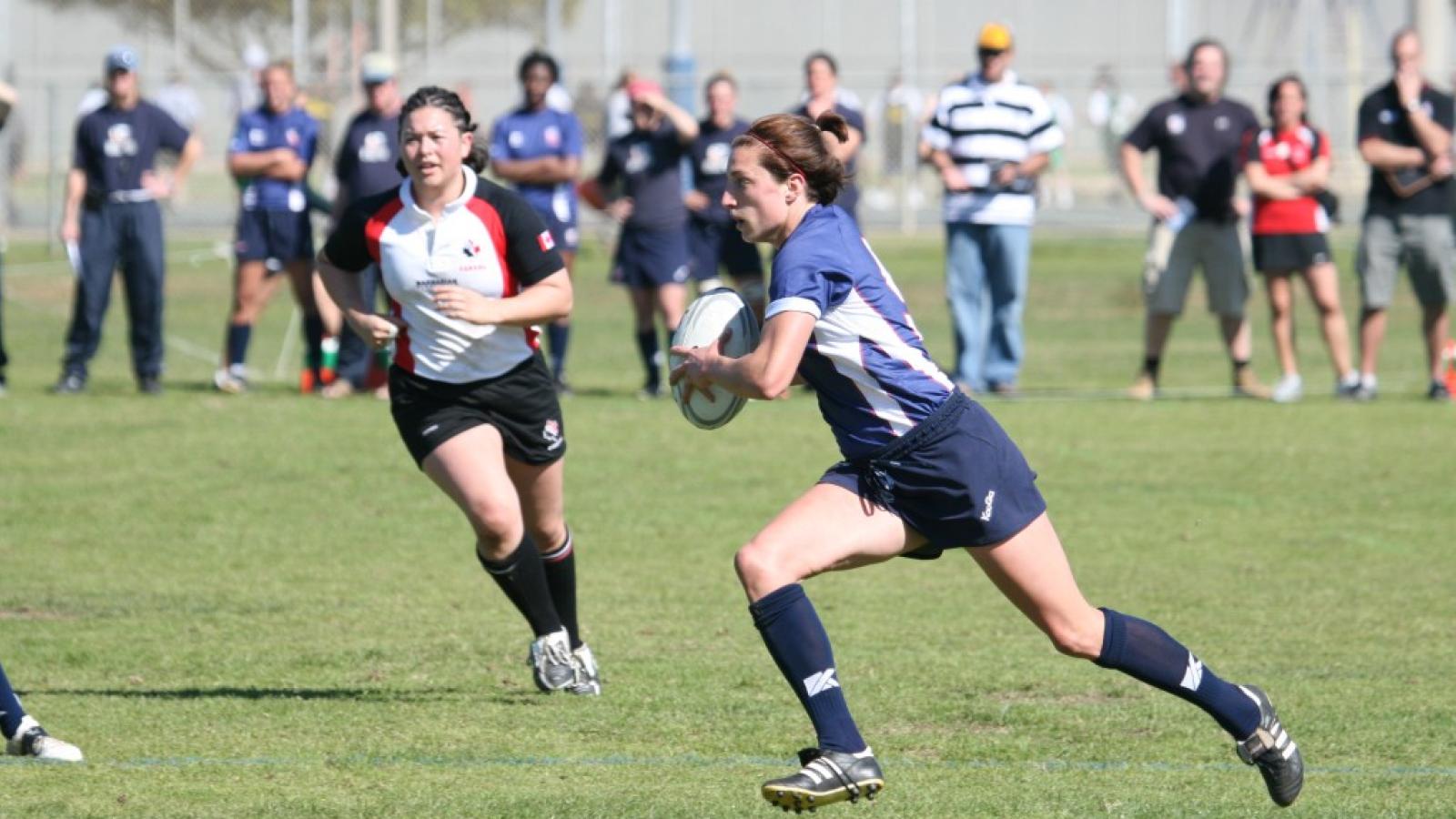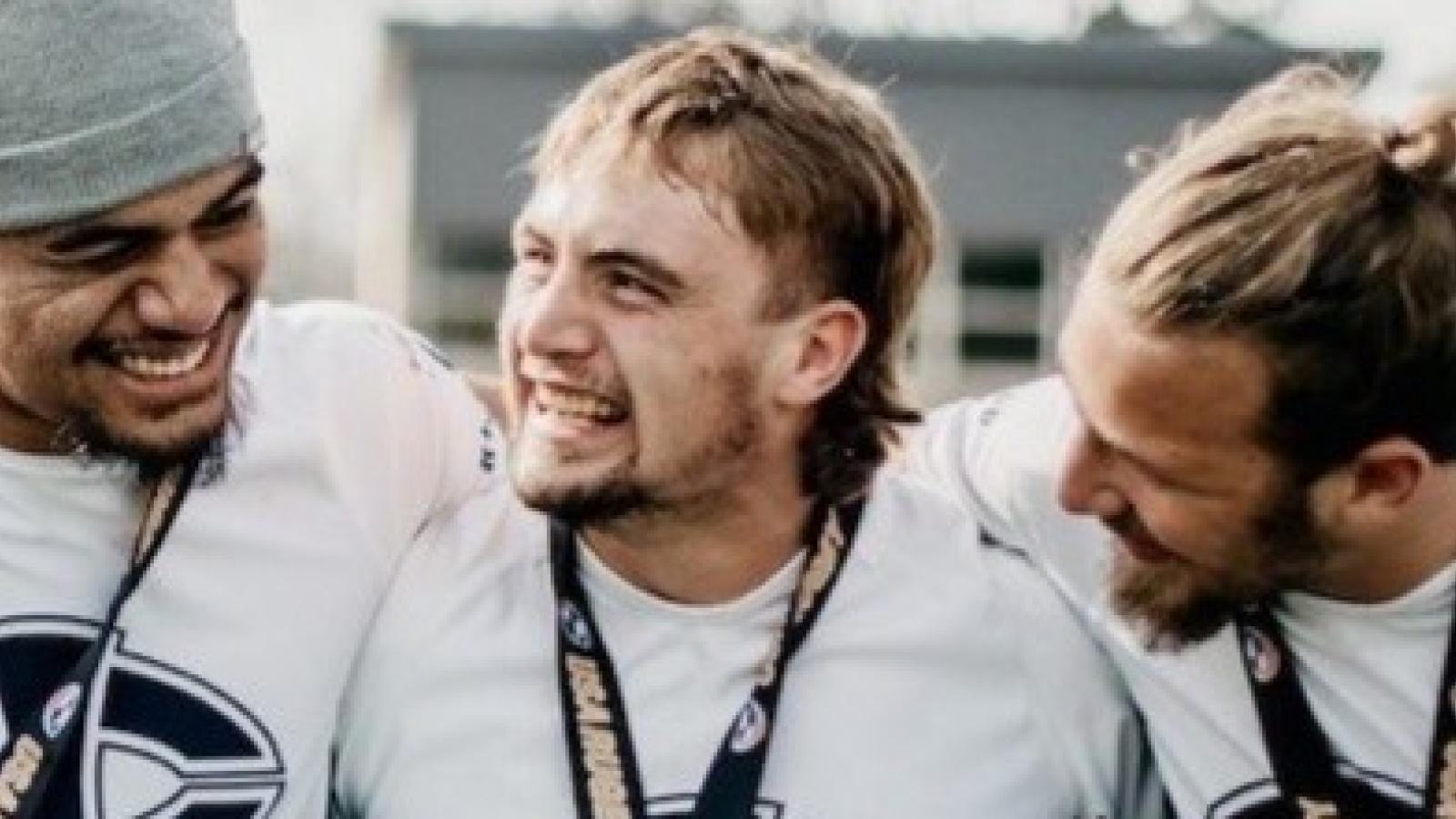So Now What?
Great fixtures, all winnable. All losable. All providing the level of attention to detail, physicality, and test match nous that the Eagles need to improve upon in order to perform at the 2027 Rugby World Cup.
And that matters. As disassociated from World Rugby affairs the USA National Team fortunes should be, they’re not. Rugby World Cup 2031 funding, support, enthusiasm, all are helped by the USA team doing well. (Not too well, of course but that’s a discussion for another time.) Any final resistance to the 2031 RWC being in the USA crumbled when the Eagles beat Samoa.
So now the eyes turn toward whether the USA can do something in Australia 2027. And that hinges on … hmm … this November. That’s right. The World Rugby rankings after these November tests will determine the seedings for the six pools in 2027. Currently at #15 overall, the USA could conceivable drop as low as #20, and could possibly move up to #14. The #13 team, Japan, is ranked a bit too far ahead, but note that Georgia is #11 (!).
What that means is that the USA is almost certainly going to be in the 3rd band of teams for the RWC draw. That means they would be in a pool with a Top 6 team, a team ranked #7-#12, and a team from #19 to #24.
For example: France, Fiji, USA, Portugal. Or South Africa, Wales, USA, Portugal
With the top two from each pool going to the Round of 16, plus the best four 3rd-place teams, there are opportunities for celebrations throughout the format.
The Goals
Here’s what the USA will target for success:
1. Win the Rugby World Cup (don’t make that face at me; no rugby player or coach goes into test match rugby thinking they will lose. It’s self-defeating thinking. The likelihood of this and a couple of other goals is low … so very low … but I put this hear so you can understand that there are players and coaches who seriously think this way.)
2. Make the Final
3. Make the Semifinals
4. Make the Quarterfinals (first realistic goal. Not enormously realistic, but realistic and I will tell you why in a minute.)
5. Make the Round of 16 by winning their pool
6. Make the Round of 16 by finishing 2nd in their pool
7. Make the Round of 16 by being a good 3rd-place team
8. Win a game
9. Be competitive in every game
The last goal is really important. Be competitive in every game, because everything else flows from that. Now, the USA has won three games in Rugby World Cup history (over Japan in 1987, over Japan in 2003, and over Russia in 2011). They are certainly capable of winning a game in the current format.
Then, let’s say they go 1-2. What they have to do then is not get blown out in any losses. One of the habits many lower-ranked teams have in the RWC is to field a more reserve side against a top seed and take the big loss on the chin in order to save some players for other pool games. This was especially common starting in 1999 when you have four pool games. You needed to save the players and target that automatic re-qualifier (finishing 3rd in the pool). Now, it’s a little different.
Now you have three games to make the Round of 16. And if, say, you lose a close opener and then play New Zealand in the second round, what you’re thinking is … keep it as close as possible. Keep is relatively close. Because then if you win the 3rd game, you’re getting in thanks to either bonus points or points difference.
That leads us through the goals. Be competitive in every game leads you to goal #8 and goal #7. Once you reach goal #7 … the other two things are nice, but you’re in that Top 16 regardless.
And then? And then? Well now you’ve got one game to make the quarterfinals. This is test match rugby. Major upsets don’t happen that often, but they do happen: Argentina vs France 2007, Japan vs South Africa 2015, Tonga vs France 2011.
That becomes a Why Not Us? moment.
Back to This November
To get to all of that we at GRR, and many others, feel that the core of that 2027 team needs to be established now. Head Coach Scott Lawrence relied on some veteran players to get them through the qualification process. But he has acknowledged that now he has to look to youth.
It was not a particularly young team this summer and fall. Of the 40 players in the player pool for this past assembly, only 12 are 26 years old or younger. Eleven are 30 or older. That doesn’t mean a 29-year-old can’t be great at 31, or a 33-year-old be great at 35. But what the expectation is … and really has to be … is that the USA starts to field a core of players who are also the core of the 2031 team. Because you KNOW we need the USA playing well in 2029 and 2030 to boost that RWC 2031 interest.
Right now we have the beginnings of that, and we have players who have been part of a very good U20-U19 group (and a bit older) who could be a part of that. What should happen is that those players are a larger part of the equation now. Now it’s time for less of a “stopgap until a guy is ready,” and more of a “let’s see if he’s ready now.”
And then create a unified team that plays for each other.




